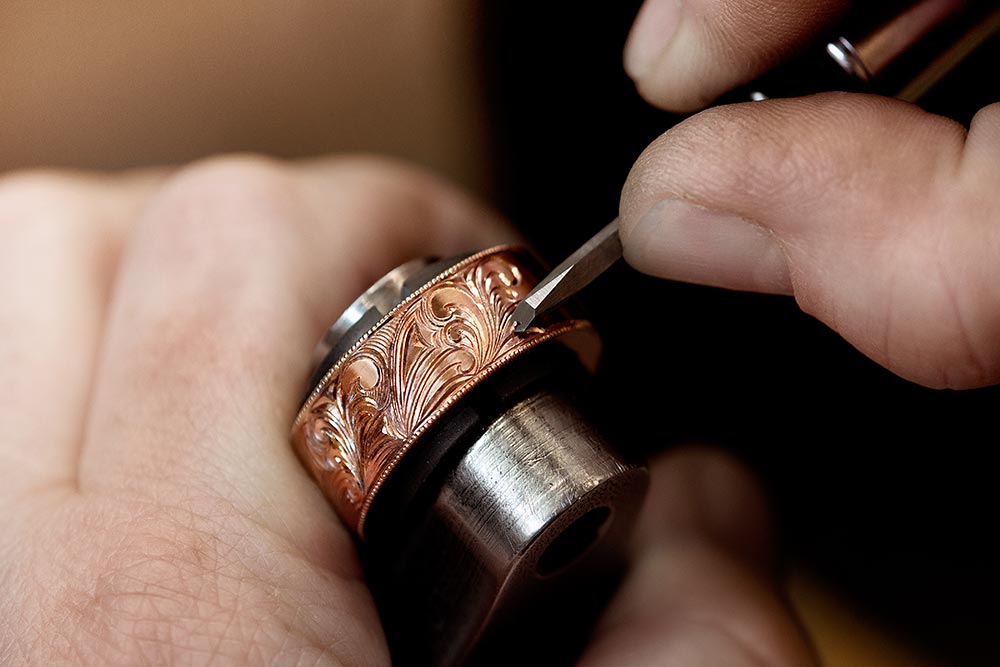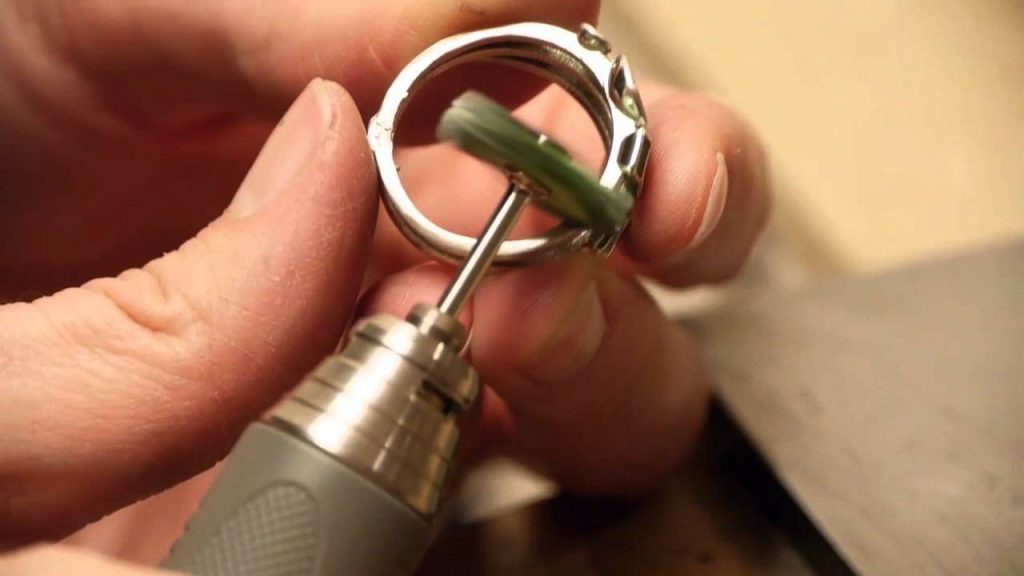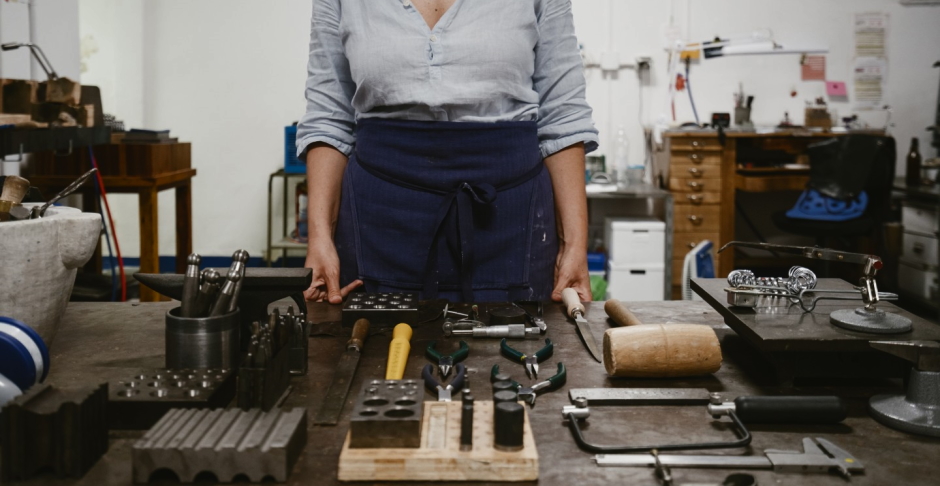Metalworking is a fascinating craft that allows you to transform raw metal into beautiful and functional objects. From jewelry making to metal sculpture, the art of metalworking encompasses a range of techniques and skills.
In this beginner’s guide to metalworking, we will explore the fundamentals of this craft, including basic tools, essential techniques, and safety precautions.
Whether you’re interested in creating custom jewelry pieces or experimenting with metal sculptures, this guide will provide you with a solid foundation to embark on your metalworking journey.
Understanding Different Types of Metal
- Precious Metals: Precious metals, such as gold, silver, and platinum, are highly valued for their rarity and beauty. They are commonly used in jewelry making due to their malleability and lustrous appearance.
- Base Metals: Base metals, including copper, brass, and bronze, are more affordable and readily available. They offer a wide range of colors and can be used in various metalworking projects, including jewelry, sculptures, and decorative accents.
Essential Tools for Metalworking
- Bench Vice: A bench vice is a sturdy tool that holds your workpiece securely in place while you shape or manipulate the metal. It provides stability and precision during metalworking processes.
- Jewelers Saw: A jewelers saw is a thin, fine-toothed saw used for cutting intricate shapes in metal. It allows for precise cuts and is essential for jewelry making and other detailed metalworking projects.
- Files: Files are used to shape and refine metal surfaces. They come in various shapes and sizes, such as flat, round, and half-round, and are crucial for achieving smooth and precise finishes.
- Soldering Torch: A soldering torch is used to heat and melt solder, which is used to join metal pieces together. It provides the necessary heat for soldering and allows for precise control during the process.
- Pliers: Pliers are versatile tools used for bending, gripping, and shaping metal. They come in various types, including round-nose pliers, flat-nose pliers, and chain-nose pliers, and are essential for jewelry making and wirework.
Basic Metalworking Techniques
- Sawing: Sawing is the process of cutting metal using a jewelers saw. It requires a steady hand and precise movements to achieve clean and accurate cuts.
- Filing: Filing involves using files to shape and smooth metal surfaces. It helps remove rough edges and achieve the desired shape and finish.
- Soldering: Soldering is the process of joining metal pieces together using solder. It involves heating the metal and applying solder to create a strong and permanent bond.
- Metal Shaping: Metal shaping techniques, such as hammering and bending, allow you to transform flat metal sheets into three-dimensional forms. These techniques require the use of hammers, mallets, and forming tools to shape the metal to your desired design.
- Stone Setting: Stone setting involves securely placing gemstones or crystals into metal settings. Techniques such as bezel setting, prong setting, and pave setting allow you to showcase and enhance the beauty of the stones in your jewelry pieces.
Safety Precautions
- Eye Protection: When working with metal, it is crucial to wear safety goggles or glasses to protect your eyes from metal fragments, sparks, and chemicals.
- Ventilation: Ensure your workspace has proper ventilation when working with soldering torches or using chemicals to prevent inhalation of fumes or hazardous substances.
- Protective Gear: Wear appropriate protective gear, such as gloves and aprons, to shield your hands and body from potential injuries or chemical contact.
- Fire Safety: Keep a fire extinguisher nearby and be mindful of flammable materials in your workspace. Never leave a lit torch unattended and be cautious of potential fire hazards.
Metalworking is a rewarding craft that allows you to create unique and personalized metal objects. By understanding different types of metal, acquiring essential tools, mastering fundamental techniques, and practicing safety precautions, you can embark on your metalworking journey with confidence.
Whether you’re interested in jewelry making, metal sculpture, or other metalworking projects, the possibilities are endless. So, gather your tools, unleash your creativity, and immerse yourself in the art of metalworking as you bring your ideas to life and craft stunning metal creations.



